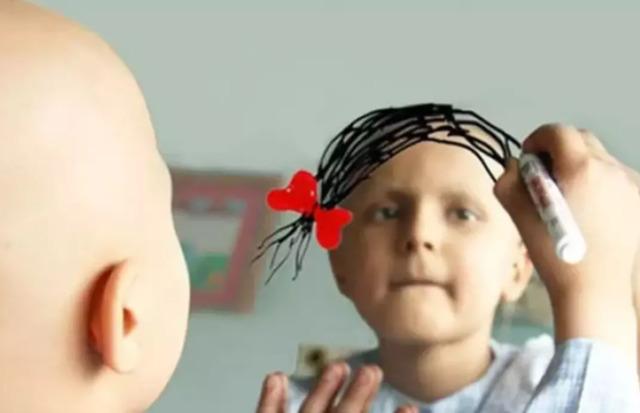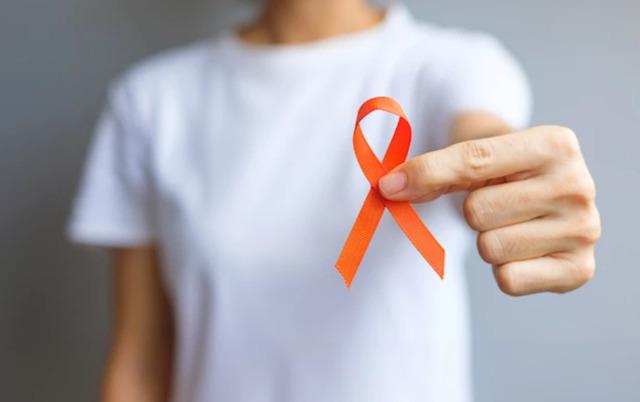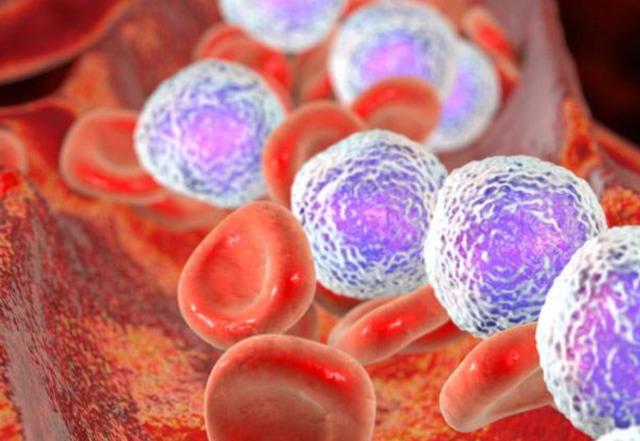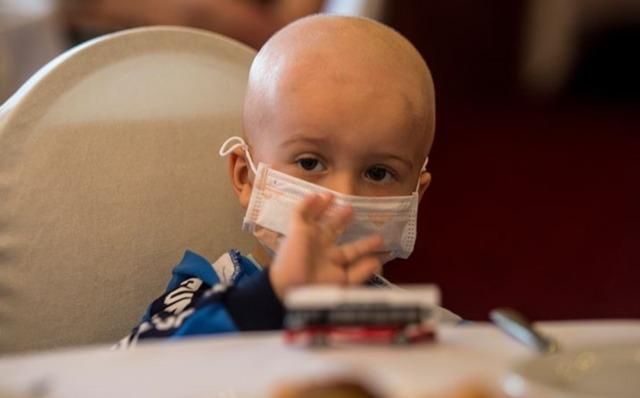Leukemia, a type of cancer disease, is also known as blood cancer. Leukemia (blood cancer) is a general concept used for 4 different types of blood cancer. What these four types have in common is that they are starting points of a cell in the bone marrow. Here is detailed information about leukemia…
WHAT IS LEUKEMIA?
Leukemia is also known as blood cancer in the society. It is when one of the blood-producing stem cells stops at some stage while developing due to the combination of various factors and begins to proliferate uncontrollably. Leukemia; It first takes over the bone marrow and then all organs. It affects the lymphatic system and the bone marrow, the body’s blood production system. It is a malignant cancer that progresses if left untreated.
If the disease occurs due to an uncontrolled increase in mature white blood cells, it will be chronic and slowly progressing. Those that develop due to the uncontrolled increase in immature white blood cells are acute, that is, have a rapid course. Blood cancer, which progresses rapidly, usually has a sudden onset. It shows clinical signs and symptoms especially within 1-2 months. For this reason, the disease should be diagnosed as soon as possible and treatment should be started as soon as possible.
Although the exact cause is unknown, exposure to chemicals and pesticides, especially radiation, increases this risk. Blood cancer can be successfully treated thanks to purpose-built smart drugs and patient-specific stem cell transplantation methods.
WHY DOES LEUKEMIA HAPPEN?
1. Genetic factors
Blood cancer ranks first among the types of cancer that occur in children. The fact that this disorder occurs especially in individuals with Down syndrome and Fanconi anemia suggests that the cause is related to chromosomes. In identical twins, its occurrence in both confirms that there is a hereditary disorder.
2. Environmental factors
In addition to genetics, it is estimated that chemicals such as air pollution, rotten foods, food additives, some chemotherapy drugs, chemicals such as oil, gasoline, hair dye, radiation-emitting devices such as tablets and mobile phones, and pesticides cause blood cancer. The mother’s smoking, alcohol and drug use during pregnancy, and taking x-rays in the first 3 months of pregnancy can increase the possibility of blood cancer in the baby at a later age.

WHAT ARE THE SYMPTOMS OF LEUKEMIA?
1. Pale skin
The symptoms of blood cancer share common features with some findings that can be observed in other blood cancers. Paleness of the skin may occur due to anemia.
2. Weakness
Fatigue and weakness are among the symptoms of blood cancer. At the same time, symptoms such as shortness of breath may be observed during exertion.
3. Bleeding and bruising
Symptoms of blood cancer include; As a result of infections caused by the weakening of the person’s immune system, unexpected bleeding in the nose, gums and under the skin, bruising and pinhead-sized red rashes that do not fade when pressed may be observed.

4. Symptoms of leukemia in adults
AML, or acute myeloblastic, is more common in adults. The average age of onset is between 50-60 years of age. Symptoms seen in the acute type develop due to invasion of the bone marrow by leukemic blood cancer cells. Symptoms frequently seen in acute type:
- Shortness of breath
- Weakness
- Pallor (due to decreased blood cells)
- Serious infections that develop due to decrease in leukocytes,
- Bleeding in skin and mucous membranes
- Bruises (caused by the decrease in cells that enable blood clotting)
CML, or chronic myelocytic leukemia, is most common in people between the ages of 40-50. It is seen more frequently in men than in women. Symptoms;
- severe fatigue,
- loss of appetite, weight loss,
- Sweating, very significant increase in leukocytes,
- Anemia (anemia),
- spleen enlargement,
- Clinical findings such as bleeding,
Excessively elevated leukocytes sometimes reduce blood fluidity in the vessel and accumulate, leading to a condition called leukostasis. This may cause serious clinical conditions in some vital organs (brain, lungs, etc.). This clinical situation requires urgent treatment.
CLL, or chronic lymphocytic leukemia, occurs in people over the age of 65. Symptoms;
- Fatigue, weakness and weakness
- Bleeding, skin bleeding
- easy bruising
- Infection
- Liver and spleen enlargements
- night sweats
- Fire
- weight loss
5. Other symptoms
- Loss of appetite and weight loss,
- night sweats,
- Bone pains,
- Fever that cannot be controlled with appropriate treatment and frequently recurs,
- infections,
- Swelling in the abdomen, armpit and neck lymph nodes,
- Swellings on the gums.
Symptoms of blood cancer can show the same symptoms as those of many diseases. This disorder, which can spread to all organs of the body, may have symptoms similar to those of bleeding diseases, infectious diseases, rheumatic diseases, lymphoma, myeloma and other blood cancers.

IS THERE A TREATMENT FOR LEUKEMIA?
Early diagnosis of blood cancer is very important. Generally, a simple blood count and examination of the cells in the blood under a microscope are sufficient for diagnosis. However, the definitive diagnosis is made by bone marrow biopsy.
Among the types of blood cancer, acute lymphoblastic ones receive more positive responses in terms of treatment. Since life expectancy is longer in children, success rates are higher compared to adult cancers. Therefore, early diagnosis is of great importance in treatment.
Blood cancer is a disease that can be treated. Recovery rates have increased with many new treatment methods discovered in recent years. There are factors that provide great success in extending the lifespan of patients and fully treating the disease. These; The development of radiotherapy devices, developments in bone marrow transplantation, and the introduction of targeted molecular and biological drug treatments into daily use.
1. Chemotherapy
When it comes to blood cancer treatment, the first thing that comes to mind is chemotherapy. The main treatment method for ALL type is chemotherapy. In the chemotherapy treatment method, drugs that prevent cell growth are used. Generally, a single drug cannot destroy all blood cancer cells. Therefore, more than one cytostatic drug with different effects is given as a combination. With this application, the majority of malignant cells are tried to be destroyed. Treatment lasts approximately 1 year.
2. Radiation therapy
In some patients, in addition to chemotherapy, radiation therapy is applied to the central nervous system, that is, the skull. Radiation therapy is not used for all patients. It is a treatment method applied by the doctor according to the patient’s condition.
3. Stem cell transplant
In certain cases, stem cell transplants may be necessary after high-dose chemotherapy. The aim of this treatment is to try to kill as many cancerous cells in the body as possible and, accordingly, to normalize the blood-forming functions of the bone marrow.

DOES IT KILL LEUKEMIA?
In recent years, as a result of newly developed drugs, advances in apheresis technologies and supportive treatments, mortality rates in people with cancer have decreased significantly. With the implementation of new treatment strategies, there are now people who have overcome the disease and are getting married and having children. There are even patients who passed the university exam and studied, started a business after finishing school, and went abroad to study.
In the acute type, the number of patients increases by 4 to 6 per hundred thousand every year. The recovery rate can reach up to 75 percent in the good-risk type and up to 90 percent in the acute promyelocytic type. Acute types usually start with a noisy picture. Bleeding may occur due to decreased platelet count. These bleedings often occur in skin areas. Gastrointestinal bleeding and brain bleeding can be dangerous. Although cerebral hemorrhage is rare, it can have fatal consequences. Acute ones can become fatal within weeks if left untreated.

